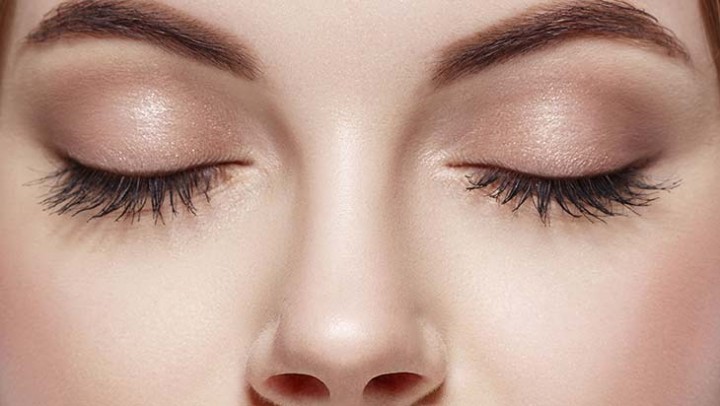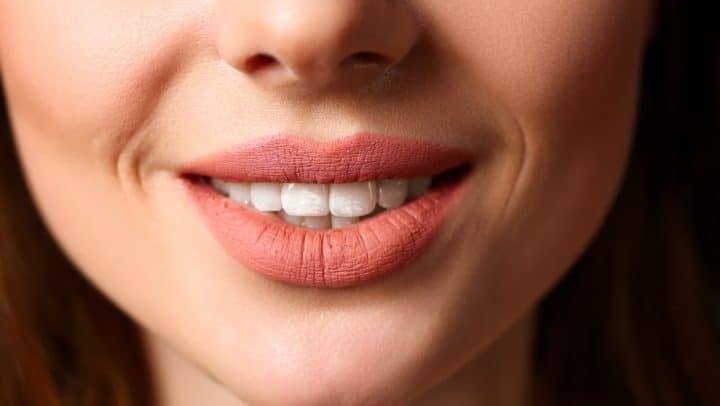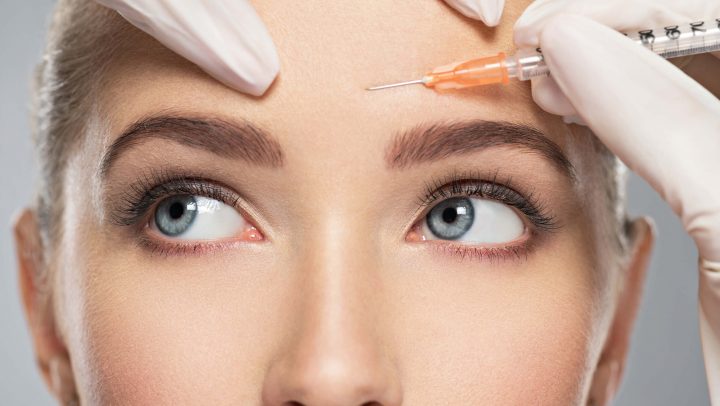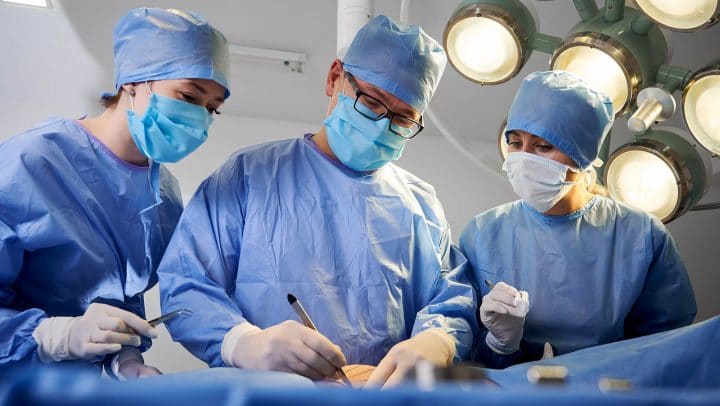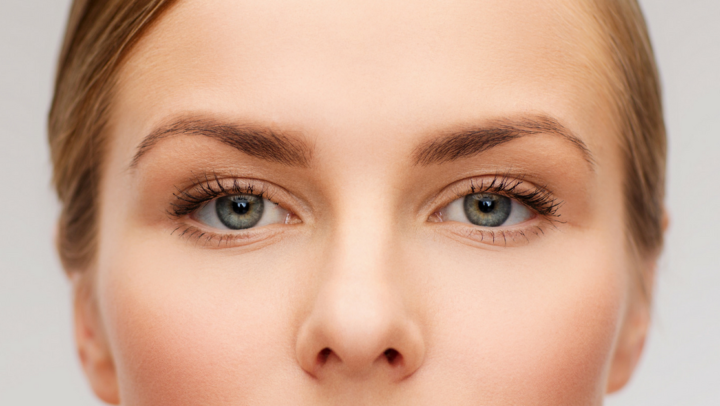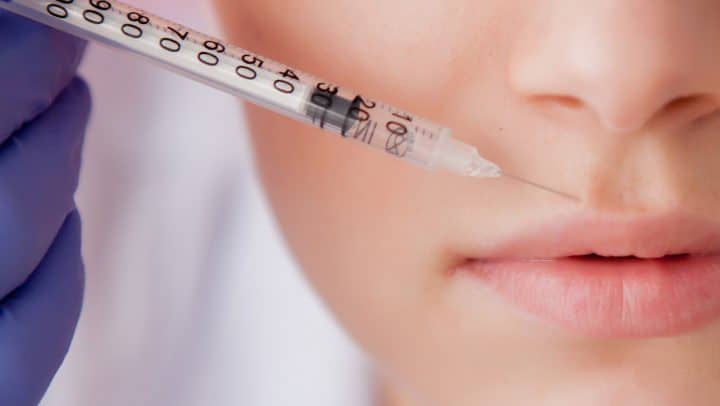
Reducing Injection Pain: Botox and Filler Pain Management Tips
If you’re considering minor facial treatments like Botox or fillers, know that they do require some recovery time. While treatments like this are outpatient and quite routine, it isn’t uncommon for a patient to have some pain, redness, swelling, and more.
Today we’ll explain the difference between fillers and Botox, and what to expect after your visit. Everything you need to know about safe, effective aftercare is right here.
The Difference between Botox and Filler
Before we get started, it’s important to know the difference between Botox and fillers.
“Botox” is sometimes used interchangeably for any age-defying outpatient facial treatments, but it is actually a brand name for botulinum toxin “A”. Botox contains purified bacteria that freezes muscles. The 42 muscles in your face that help you speak and emote will move in similar ways each time you use them. This creates folds, wrinkles, and fine lines: but Botox prevents those muscles from moving, eliminating the wrinkles.
Dermal fillers contain several ingredients, some of which are produced naturally by the body. Hyaluronic and polylactic acids, for example, are naturally-occurring plumping and collagen-making chemicals already present in the body. Dermal fillers are injected into the face to add a healthy-looking fullness to areas that become thinner over time – lips and cheeks are particularly common targets for fillers.
Pain Management in Post Procedure
Whether you and your doctor have chosen dermal fillers, Botox, or another injectable option, it’s possible you will have some of the following side effects:
- Bruising
- Swelling
- Itching
- Hives
- Bleeding
- Rash
- Numbness
These are all considered minor side effects, lasting a few days, up to two weeks. They can be treated at home with the simple pain management and lifestyle tips below.
Rest
The day you receive treatment, do not return to work or do anything strenuous that would raise your heart rate (like exercise). In the days following your treatment, be sure to rest when necessary. Resting allows your body to focus energy on healing. You may, however, perform simple facial exercises.
Hands Off
Unless you are actively applying topical treatments (discussed below) with clean hands, don’t touch, rub, or scratch your face for at least 1 day, up to 3. Not only can this cause infections at the injection sites, but it can spread the toxins or filler to unintended places, causing bruising, lumpiness, and more. If you need to relieve itching or discomfort, use a cool compress every hour as needed.
Oral and Topical Pain Relief
Most over-the-counter pain management methods will reduce discomfort after Botox or dermal fillers. Acetaminophen/paracetamol and ibuprofen can be taken safely (as directed) to manage pain. The herb Arnica is also a common post-injection treatment method. It can be applied topically in gel form, or taken orally, but must be properly diluted.
Avoid Extreme Heat or Foreign Substances
To speed up and preserve your treatment – as well as avoid unnecessary pain – avoid sun exposure. Do not expose yourself to intense heat in saunas, hot tubs, hot showers, or tanning beds. Also, during recovery, avoid receiving other facial treatments, exfoliations, chemical peels, etc. If you’ve already had face fillers or Botox, do not seek out any other injectable facial treatments until the face has fully healed.
Dr. William J Binder
Dr. Binder stands apart from the crowd, and his work speaks for itself. A patent-holding innovator, Dr. Binder has published dozens of articles in national medical and surgical journals, pioneering the use of Botox as a migraine treatment.
Most importantly, Dr. Binder understands that restoring a patient’s self-esteem requires a unique approach, tailor-made for them. Because of this, Dr. Binder has developed techniques to make facial treatments and reconstruction minimally invasive with maximum impact.
If you’re seeking facial treatments, surgery, or facial reconstruction, contact Dr. Binder’s office today – our friendly staff is waiting!

